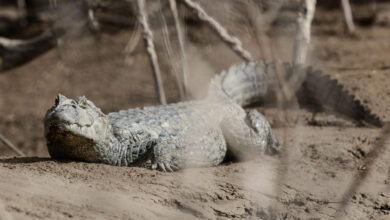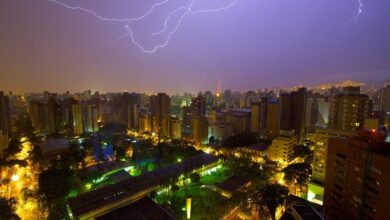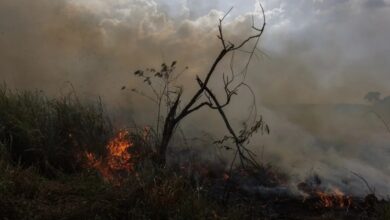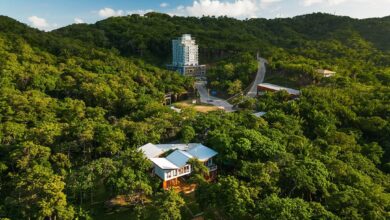South American Forests Still Lament the Lost Mastodon Gardeners
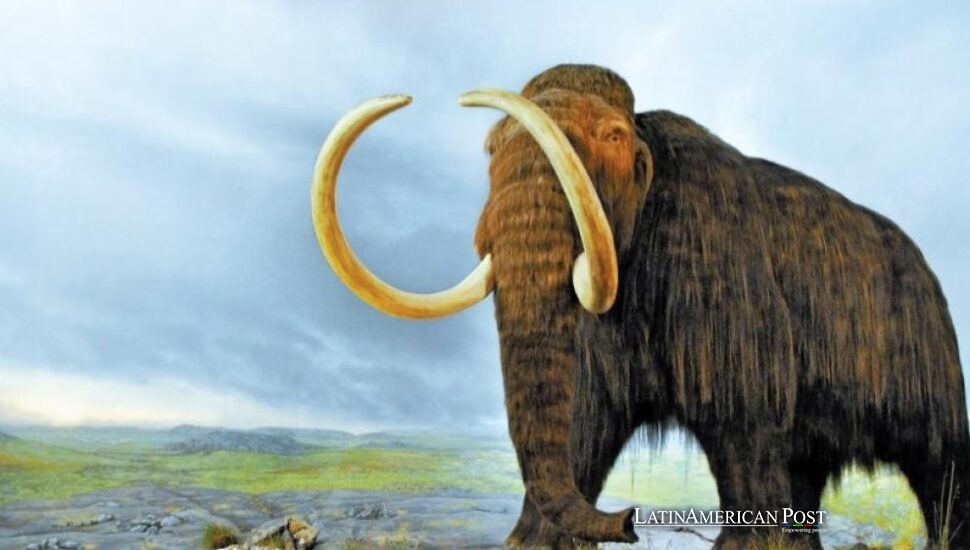
A vanished giant still shapes the fate of South America’s woods. New fossil clues show that when the mastodon disappeared ten millennia ago, it carried off the only courier service many tree species ever had—leaving today’s forests to wrestle with an ancient debt.
Tusks Among the Fruit Trees
The dig site at Tagua Tagua, a windswept basin south of Santiago, looks modest: crates of molars, a folding table, a kettle hissing over a gas stove. Yet the teeth inside those crates just rewrote deep time. Florent Rivals, a French paleontologist who has spent two decades sifting bone dust, slides one enamel slab under a microscope. Wedged in the tartar are starch granules the size of sand grains—identical to cells inside the fleshy drupes of the Chilean wine palm. There is also the chemical fingerprint of closed-canopy woodland, which survives only in scattered valleys today.
“These animals weren’t just grazing on leaves; they were chasing sugar,” Rivals tells EFE, excitement chasing fatigue in his voice. “They walked kilometers for fruit, then walked it back out through their guts.” His team’s paper in Nature Ecology & Evolution stitched isotope ratios, tooth-wear scratches, and microscopic plant fibers into a clear message: Notiomastodon platensis was South America’s roaming greengrocer, swallowing mango-sized fruit whole and dropping seed-filled dung wherever it pleased.
The broken conveyor belt
When the Ice Age dried out, and the first hunters arrived, the mastodon bowed out. What followed was silence—an ecological hush still audible today. In the Mediterranean hills of central Chile, biologist Esteban González-Guarda maps seedling clusters of the Chilean palm. He finds thousands of baby palms huddled under parental crowns, doomed to compete for the same sliver of sunlight.
“It’s like parking every single car in one driveway,” he says. Without distance, there is no room for fresh roots, no mixing of genes, and no escape from the next wildfire. González-Guarda’s modeling shows that nearly 40 percent of trees bearing so-called “megafaunal fruit”—cannon-ball trees, ice-cream beans, monkey-pot—now sit on the threatened species lists. Where other big fruit haulers survived—tapirs in the Amazon, spider monkeys in the Chocó—the percentage plunges. The pattern is so stark that climate alone cannot explain it; something larger, heavier, and hungrier is missing.
Can Understudies Fill An Elephant-Sized Role?
In pockets of the continent, smaller mammals are auditioning. Lowland tapirs can lug fruit the size of a softball four kilometers before re-depositing it, a heroic commute by mid-sized herbivore standards. But the heaviest seeds—a half-kilo palm nut, for example—jam in a tapir’s narrow jaws. Peccaries chew the pits to pulp; agoutis bury them but rarely far enough. “Nature bet on giants,” says ecologist Ana P. Loayza, “and giants are hard to replace.”
Chile’s government runs a pilot in the Maule Valley: volunteers feed fallen palm fruit to captive guanacos, sit back, and later retrieve dung pellets rich with intact seeds. Early germination rates have tripled, but landowners remain wary of hoofed browsers wandering vineyards. Across the continent, a few conservationists whisper the word “rewilding.” Could the lowland tapir return to its ancient Chilean range? Could semi-wild horses, fond of gulping fruit, pick up the slack? Every proposal collides with fences, crops, and the lingering fear of hoof-borne disease.
Carrying The Mastodon Forward
While policy grinds, researchers keep mining the past for instructions. At Tagua Tagua, Iván Ramírez-Pedraza taps a laptop on which a machine-learning model paints the Andes in red and green patches: red for seed-dispersal deserts, green for habitats still stitched together by surviving frugivores. The map looks like a warning flare. Mediterranean Chile glows crimson, as do swathes of Argentina’s Monte desert, where mastodons once shuffled between mesquite groves.
Ramírez-Pedraza leans back. “These fossils are not just bones; they’re operational manuals,” he says. They tell conservationists where to focus tree-planting corridors, where to test animal reintroductions, where to brace for collapse. The teeth also prod a more philosophical reckoning. Forests, it turns out, remember partners long after they vanish. Lose a keystone courier, and the echo stretches across millennia, altering every fruit, every bird, every fire.
On a sticky afternoon, the team packs its specimens for the museum. Outside, the wind ruffles Jubaea palms growing on a rocky knoll. Their seeds, once ferried miles inside a mastodon’s gut, now fall with a soft thud at the mother tree’s feet. A few will sprout; most will die in the shadow of their elders. Unless humans—or some bold modern herbivore—step in to shoulder the freight, the palms will continue their slow-motion retreat toward extinction.
Also Read: The Latest High-Tech that Tracks Latin Migrants from Desert to Sea
Rivals watch the breeze scatter dust across the crates. “We dug up a reminder,” he says quietly. “Evolution doesn’t guarantee a courier service forever. When it stops at your doorstep, the bill comes due.” The next move belongs to the living.

